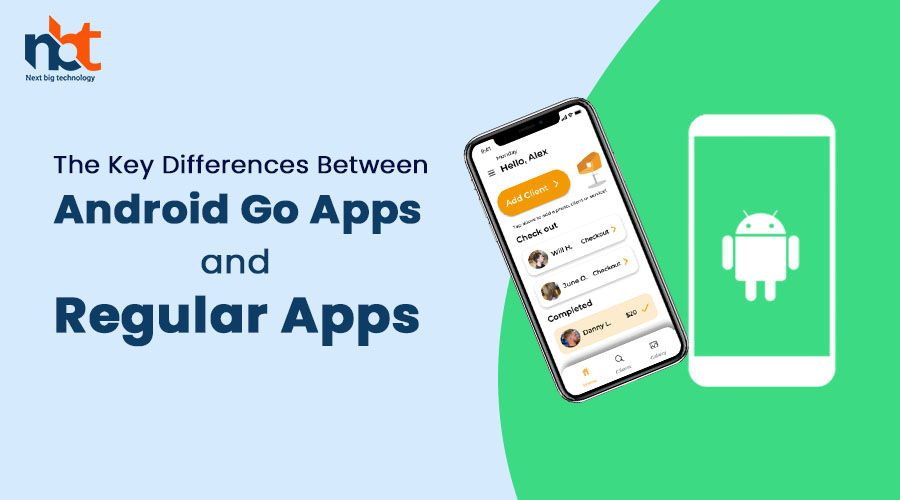Introduction: As the mobile app market continues to grow, Google introduced Android Go, a lightweight version of the Android operating system optimized for entry-level devices with limited resources. Alongside Android Go, developers can create Android Go apps specifically designed to run efficiently on these devices. In this blog, we will explore the key differences between Android Go apps and regular apps, including their target audience, app size, performance, and features. Understanding these differences will help developers make informed decisions when developing apps for different Android platforms.
- Target Audience: The primary distinction between Android Go apps and regular apps lies in their target audience. Android Go devices are designed for users in emerging markets and individuals with entry-level smartphones. These devices typically have limited processing power, storage capacity, and network connectivity. Android Go apps are specifically optimized to cater to the needs of these users, offering a streamlined experience that consumes fewer system resources and data.
- App Size: App size plays a critical role in the performance of devices with limited storage capacity. Android Go apps are designed to be lightweight and consume less storage space compared to regular apps. Developers are encouraged to optimize app size by reducing unnecessary features, using efficient coding techniques, and compressing app assets. By minimizing app size, Android Go apps can be easily downloaded and run smoothly on low-end devices without causing storage issues.
- Performance: Performance is a key consideration for Android Go apps due to the limited processing power and memory available on entry-level devices. Developers optimize Android Go apps to provide a smooth user experience, even on devices with lower specifications. This includes minimizing background processes, optimizing resource usage, and employing efficient coding practices to ensure responsive and snappy performance.
- Data Usage: Another crucial difference between Android Go apps and regular apps is their approach to data usage. Android Go apps are designed to be data-friendly, considering that users in emerging markets often have limited or expensive data plans. These apps prioritize data efficiency by reducing the amount of data consumed during usage, such as through compressed images, minimized network requests, and data-saving features. This helps users with restricted data plans to conserve their data and avoid excessive charges.
- Feature Set: Regular apps often include a wide range of features and functionalities to cater to diverse user needs. In contrast, Android Go apps prioritize essential features while minimizing resource-intensive functionalities. The focus is on delivering core functionality and ensuring a smooth user experience on entry-level devices. Android Go apps often have simplified interfaces and exclude resource-heavy features that may impact performance on low-end devices.
- App Compatibility: Regular apps are designed to run on a wide range of Android devices, including high-end smartphones and tablets. On the other hand, Android Go apps are specifically tailored for devices running the Android Go operating system. While regular apps can run on Android Go devices, they may not provide the optimized experience that Android Go apps offer. Developers targeting Android Go devices can take advantage of the specific optimizations and features provided by the Android Go platform to ensure better compatibility and performance.
- Market Reach: Android Go apps have the advantage of targeting a large user base in emerging markets where low-end devices are prevalent. These apps can tap into this growing market by providing lightweight and efficient solutions that cater to the specific needs of users in these regions. Regular apps, on the other hand, have a broader reach, targeting a wider range of Android devices across different markets, including high-end smartphones and tablets.
Conclusion: Understanding the key differences between Android Go apps and regular apps is essential for developers looking to cater to diverse user segments and optimize their app’s performance. Android Go apps offer a streamlined experience for users on low-end devices, focusing on efficient resource utilization, smaller app sizes, data-friendly features, and core functionality. Regular apps, on the other hand, provide a broader range of features and target a wider range of devices. By considering these differences, developers can make informed decisions and tailor their app development strategies to reach the right audience with the best possible user experience.










